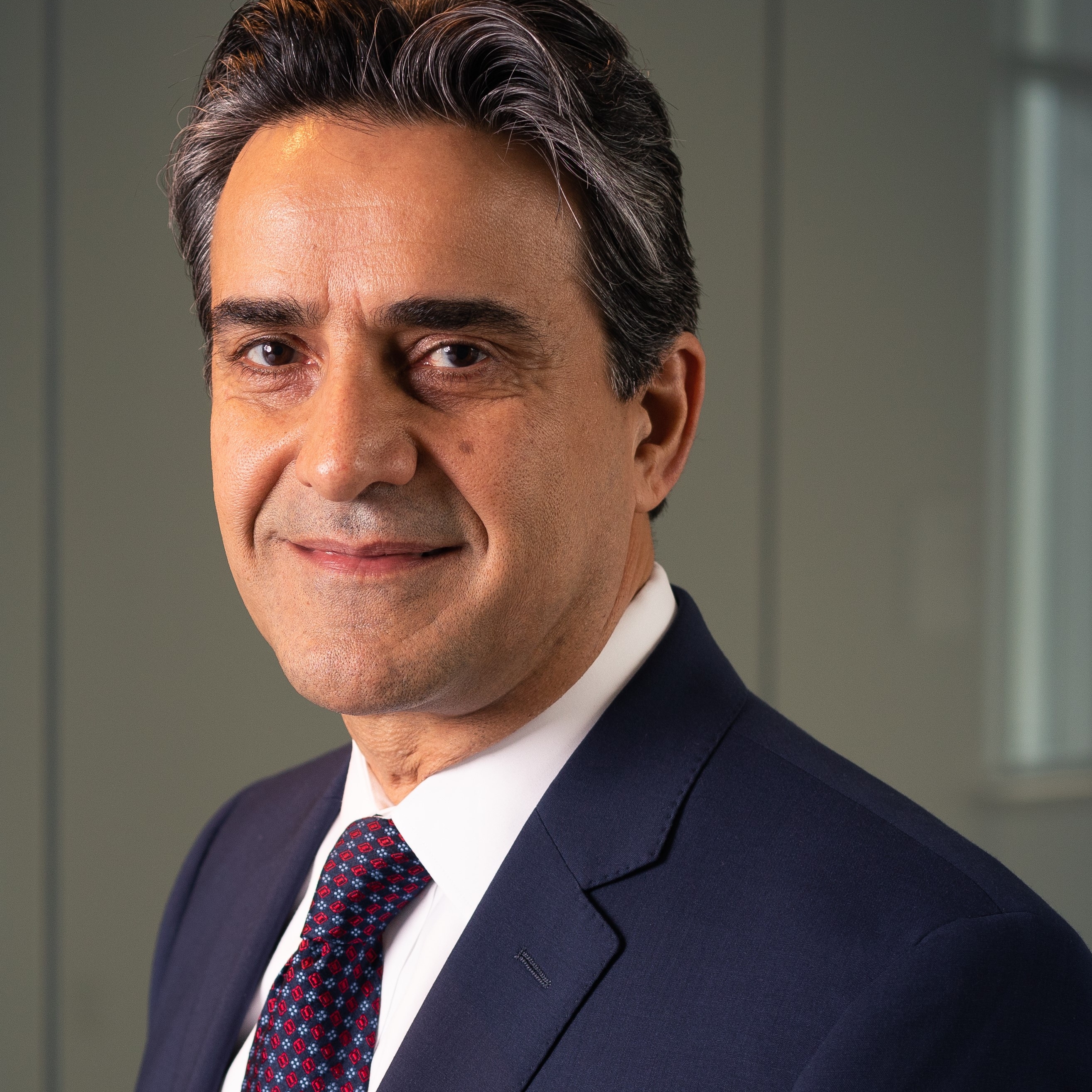April 2021: Azim Eskandarian

Azim Eskandarian
Department Head
Mechanical Engineering
D.Sc., Mechanical Engineering, The George Washington University, Washington, D.C.
MS, Mechanical Engineering, Virginia Tech, Virginia
BS, Mechanical Engineering, The George Washington University, Washington, D.C.
Email aesk@vt.edu
Can you summarize your work briefly?
I work in dynamics, controls, signal processing, and machine learning to enhance autonomous and connected driving. I have focused a lot on autonomous driving safety and reliability in the mixed manual and autonomous driving modes and connectivity among vehicles. This is built on my past research on automotive safety, called active safety systems or advanced driver assistance systems. They included research on lane departure warning and control, assisted braking, and adaptive (or automated) cruise control, among others, which have emerged in the market now.
How do you see your work contributing to the goals and vision of IIHCC?
IIHCC initially defined several areas of investigation, and one of them was autonomous driving and mobility. The idea that autonomy will help in the future of transportation and the future of mobility was one of the motivating principles behind creating IIHCC’s various initiatives. Therefore, my work is directly related to that. IIHCC had several originally defined components, including intelligent materials, energy, mobility, etc., integrated with the human aspects, one of which was autonomy. In that regard, the question was, “how do we use autonomy to enhance human mobility or transportation and ensure safer transportation for all users?” and my work pursues that.
What other areas outside of your discipline would you consider for future research and proposal work?
If you delve into it, my work is very multi-disciplinary because it involves characterizing and understanding human role in the driving of vehicles. The driver assistance systems must understand human skills, perception, brain neuro-processing, and behavior to be properly designed and effective. Accordingly, I work in neuro-engineering to study brain waves’ processing to get a better understanding of human actions and reactions or human perception of the environment. Distractions and task control are investigated, too. We also try to understand human task control and its role and impact on safe driving. I also work with my students on machine learning because a lot of intelligent systems that are used for autonomous driving use AI and machine learning. These are tools for processing video or integrating sensory information or data for autonomous driving.


